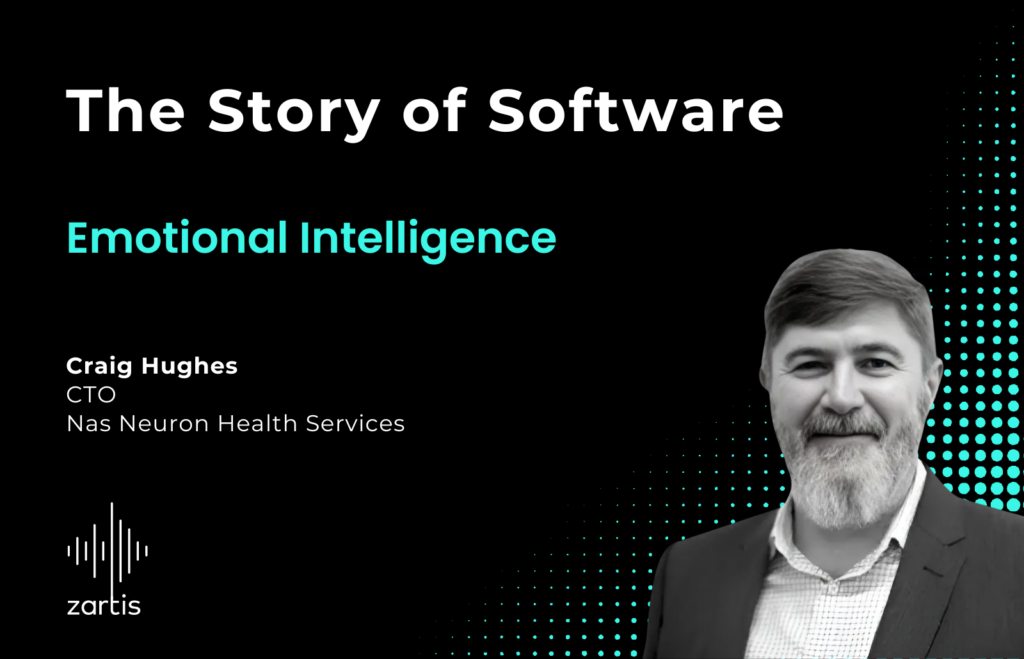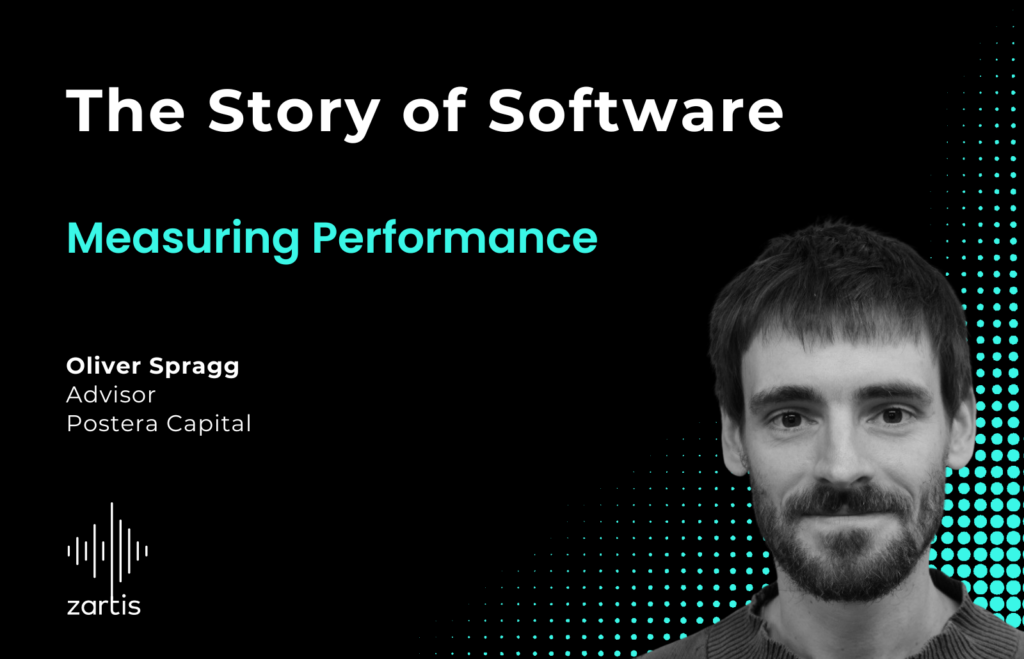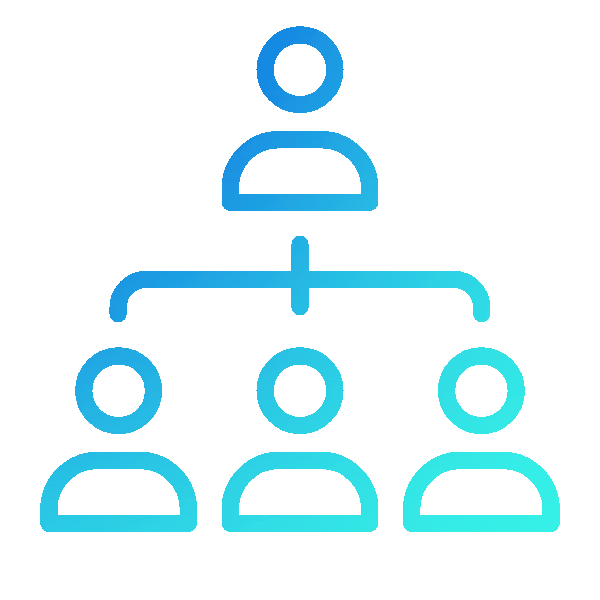Padraig Coffey, CEO at Zartis and podcast host, is joined by Arnout Asjes, CTO at Land Life Company & Ariel Delgado, Lead Engineer at Land Life Company, to discuss the role of software in optimizing reforestation initiatives.
Software and Reforestation Projects
The Guests – Arnout Asjes & Ariel Delgado, Land Life Company
Arnout Asjes is the founding member and current CTO and Ariel Delgado is a Lead Software Engineer at Land Life Company. Land Life Company is a technology-driven reforestation company that plants trees at scale, offering corporations and organizations a sustainable and transparent way to take climate action and compensate carbon emissions through nature restoration.
Greenhouse gas emissions and deforestation are among the most responsible factors of global warming today. Land Life Company applies data and technology, such as drones, artificial intelligence and monitoring applications, to every step of the planting process. Planting trees where it is needed most, Land Life Company’s projects revitalize important ecosystems, improve biodiversity and create social and economic benefits to local communities.
The Need for Technology-Driven Reforestation
Reforestation projects have gathered a lot of attention worldwide and have mobilised many in support. Planting trees is a major global response to climate change and acts as both an individual and collective carbon footprint offsetting tool. However, in order for tree planting to have a positive impact, it needs to be done correctly. In this episode, we explore how technology can help us on that path.
Some of the topics covered include:
- Technology-driven improvements to the way we plant trees.
- The importance of species selection in tree planting initiatives.
- Technology-enabled monitoring of tree growth and early detection of warning signs.
- The operational challenges of managing reforestation projects.
- The challenges and opportunities of running reforestation initiatives across countries.
- What we could expect to see next at the interface of technology and forestry.
Episode Transcript (abridged version):
[…]
Would you be able to elaborate a little bit more on the early years of Land Life Company and what drove the initial success?
Sure. It was very different from where we are today. Eight years ago we started off with a single product and it was based on what the ancient Egyptians and Persians used to grow crops in drier fields – it was called the Cocoon, and it was a paper product. Think of a doughnut filled with water basically and in the middle of the doughnut, we planted a tree. Those first two years were centered around that product in a sense that we were really developing it. We were testing it in the field, we were checking whether there’s going to be animals trying to eat a tree. There’s going to be a lot of radiation, a lot of sunlight on the trees, there’s going to be a dry season etc. We were developing the product but it consists of smaller components that bring the water to the tree, a protector above ground, and so on. We were developing a lot of elements and then testing in the field to work out what would keep the water inside the longest, or can we direct the water to a certain side etc. Without getting into too much detail, we spent a lot of time in Amsterdam in our lab, where we had these huge areas filled with sand where we would test this out, and in places like the Middle East, Mexico, Australia, where we would test the product in field, and see what kind of animals were attracted to it, or how we keep them out. So basically, the first few years were very much focused on the product.
Once we had a viable product, we focused on the sale of that product. Our first clients were the city of Los Angeles for instance, a Mexican provincial government and some NGOs, and that’s how we started. We basically made a big pivot at some point because we were in these areas and we were planting trees in dry areas. We were also obviously in contact with nurseries, with people that actually own the land, work on the land, and with people in maintenance. We saw a big lack of monitoring for instance, so, we kind of went upstream and downstream if you will, from our product and said, Why don’t we get into basically, from seed, towards a mature tree, and try to really be a provider of a service instead of just selling the Cocoon?. I think we made that pivot in 2018 and that has really changed the business. You know, we’re working in more temperate zones now in the US and Canada,and in places like northern Spain. We are doing very large-scale products, not centered around Cocoon anymore, it’s more based on a CO2 model that our clients, which are now mostly multinationals, pay us for tons of CO2 that our trees sequester.
So, would you be able to elaborate, where the software component enters into this?
Yeah, sure. There are many components that software plays a role in. The pre-planting process to start with; before we actually decide to plant trees in a specific planting site, we want to analyze that area and determine how those trees will do, if we decided to plant there. We do some of that by using large amounts of data, so it’s data science and data engineering applied. We collect, for example, national forest inventory data from all over the world and this data comes in many different shapes and formats that we have to put it in one single format and then feed it into a model so that we can calculate how our trees will perform in a specific area. So that’s one aspect of it, calculated by AI. Another one is the monitoring process. So, once the trees are planted there, we obviously want to see how they’re doing over time. That’s very important in this field and in this industry, to have clarity over things that customers are potentially investing in and how they’re doing and how they’re growing over time. I think one of the things that sets Land Life apart is that we have this monitoring process and we invest time into keeping track of a planting once we’ve planted trees there. Technology helps with that. We have a monitoring app for example, where the users can monitor specific trees that we planted in a planting. We are also working on a drone algorithm, where we fly a drone on our specific planting area and we can use images to get information about how the specific trees in that planting are doing
Is technology ever leveraged for something like species selection?
Absolutely. It’s good to explain that in the team, we not only have people like Ariel with a computer science background and software engineering experience, but also a full professor of forestry with 30 years of experience, or an agronomist etc. So, it’s basically a mix up of the two. To answer your question – yes, a lot of research is done on the ground before we start a project to find out what is the normal practice there. Obviously, we are a little bit weird in the sense that we plant a mixed species forest and our only goal is to form a resilient forest. We do use the currency of CO2 capture, but we don’t maximize on CO2. That’s important to mention, otherwise we would probably be planting monoculture species like eucalyptus in Portugal, which has very detrimental effects on the environment, on biodiversity, and on the degradation of soil. It’s invasive in Portugal for instance; in this sample, it uses way more water than the local trees would.
Without going into too much detail, you can maximize CO2 but then not do a good job resilience-wise. We very specifically look at different species that we plant, but we are, I have to say, sometimes a little bit bound by what a nursery has on offer. A nursery chooses its trees on a commercial basis, it doesn’t necessarily look at biodiversity as a driver, because some trees are just very difficult species to grow in a nursery for instance. That is something that we are trying to change actually through technology, to see how we can work with direct seeding techniques to bring back that biodiversity. Looking at different species is very important. Just planting fast growing species for CO2 maximization doesn’t work. In the end, you really want to try to build that resilient forest which means fast growing, and slow growing species planted together. You look at biodiversity issues to really make it as complete as possible, so that’s why we have the research team that does a lot of research on at what density, what species that we plant would excel. We track things like elevation above sea level and north or south facing slopes etc. So, there’s a lot of time and effort that goes into the selection of what to plant where.
I’d love to come back to the topic of using technology for monitoring. Would you be able to share with us whether some of the signals can be used to maybe give warnings or to detect problems ahead of time in a forest?
Yeah, that’s obviously in the model. So the actual warnings, you know, sometimes we have humans involved in that. In some plantings in Ghana and West Africa, we have patrols going up, looking for burns, basically, or if there are goats and sheep going through the area. So, you have actual watch towers that look to see those signals, especially on the smoke side. We do not have that in Spain. There, you always talk to the local population, the people that live near where we plant, so there’s that human element, but we also use things like satellite, which is a bit difficult, in the sense that if they’re confirmed via satellite it’s going to be too late. But you can see, for instance, animal damage in a planting area with satellite, you can look at drought indices for a specific area or just by looking at the colorization of the leaf, you can detect diseases through sunlight.
That is something that is widely applied in agriculture, and is also something that we are lightly applying now, but it’s something that in the future we will definitely be using more of. The same goes for LIDAR technology; we just bought our first LIDAR, which is going to be deployed on a drone, and is a great tool to look through the canopy, and also to detect young trees. So, the LIDAR pulses will go through the canopy and you can really get a good sense of the biomass that is growing in a certain area. We can also use it for adjacent forests to an area where we will be planting to see – if we know when that was planted – how it grows. Obviously we look at historic climate as well, so you can deduce a lot of practical information that we can use in future planning.
If you ask me, do you really have some kind of a warning system directly that you can act on; the answer is No. And also, you know, trees are slow growing species, so I’m not sure how necessary that is. But I can imagine, at some point, you do want early detection of droughts going on there and if there are interventions you can do with the help of a warning system.
Would you mind sharing with us, maybe some variants in the technological approach? Land Life Company works on projects in more than 25 different countries, Are you taking the same technological approach in each country or do they differ by region or country?
Good question, it differs a lot. The whole way of working in a certain country, the way a nursery is run, what kind of trees they produce, how they’re produced, how seed collection is done, obviously the timing of planting and the technology applied, is it manual, is there a mechanization process going on etc.. But from an operational perspective, it’s very different. I have to say that you do learn a lot from these groups, companies and organizations that you find in different areas. And you can apply them to other regions, so that’s very helpful.
What we try to do on the technological side is, for instance, on the modeling side. Every country has its own way of collecting data and what we are doing is, we created a carbon model which is based on a lot of inputs from those national forestry inventory data sets, but that is done in a uniform way, so that we can compare between countries. The same goes for the monitoring so Ariel touched on the drone, the satellite and the monitoring app; the way we gather representative data is the same across all countries. We also have certain rules that obviously are backed by academia that say for instance that for every treatment, you need at least 30 measurements of the same treatment to be representative. Those are things that we apply in all countries to be sure that the data that we collect is uniform across those countries, but also is representative.
[..]
You can find The Story of Software podcast on:
Apple Podcasts, Spotify, Stitcher, Deezer, & any other podcast platform of your choice.
We hope you enjoy listening to this tech podcast and feel free to share any feedback with us: podcast@zartis.com







